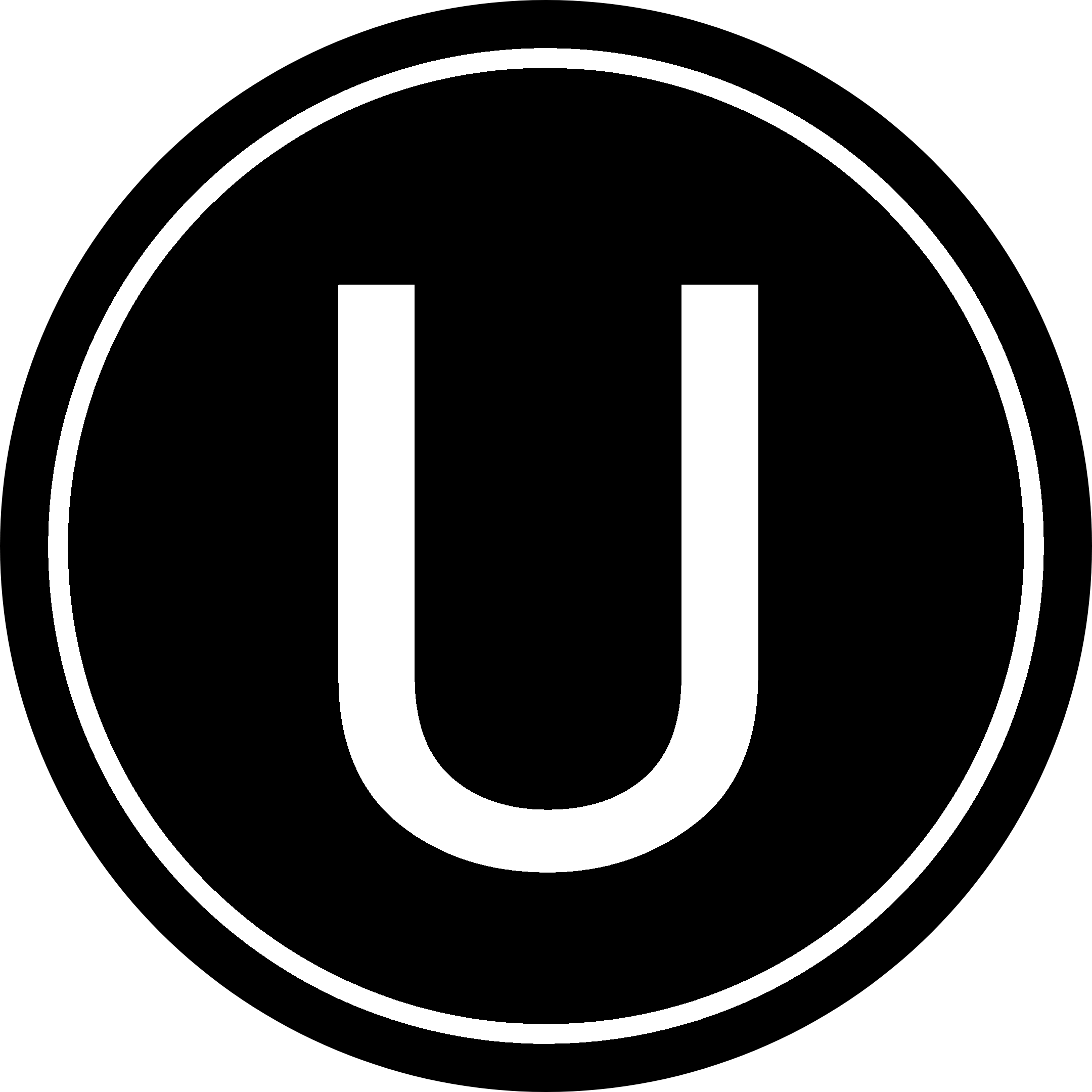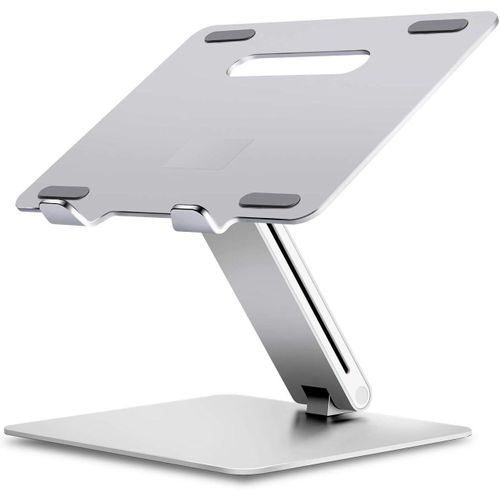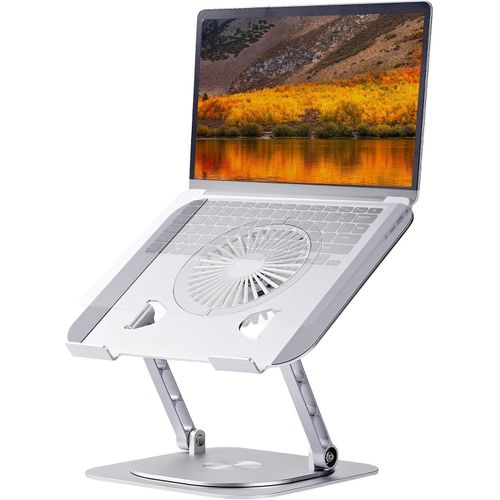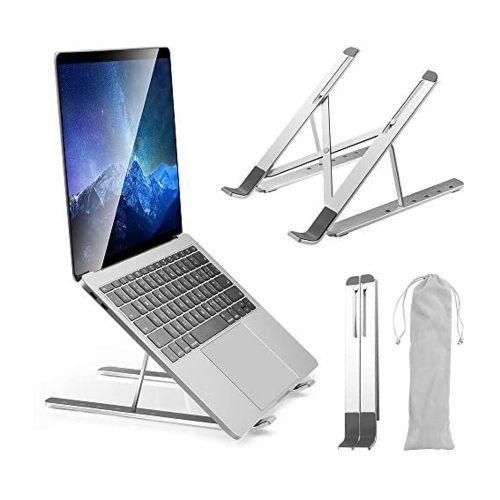Trump’s tariff formula confounds the world, punishes the poor
 Just R20 for the first month. Support independent journalism by subscribing to our digital news package.
Just R20 for the first month. Support independent journalism by subscribing to our digital news package.
Image: REUTERS/Kent Nishimura
Ridiculed for imposing trade tariffs on frozen islands largely inhabited by penguins, US President Donald Trump's formula for calculating the levies has a serious side: it is also hitting some of the world's poorest nations hardest.
The math is simple. Take the US goods trade deficit with a country, divide it by that country's exports to the US and turn it into a percentage figure. Then cut the figure in half to produce the US “reciprocal” tariff, with a floor of 10%.
That's how the volcanic Australian territory of Heard Island and McDonald Islands in the Antarctic ended up with a 10% tariff. The penguins got off lightly, you might say.
However, Madagascar, one of the poorest nations in the world with GDP per head of just over $500 (R9,378), faces a 47% tariff on the modest $733m (R1.3bn) of exports of vanilla, metals and apparel it did with the US last year.
“Presumably no-one is buying Teslas there,” John Denton, head of the International Chamber of Commerce, told Reuters, an ironic reference to the improbability of Madagascar being able to placate Trump by buying upmarket US products.
Madagascar is not alone. The bluntness of the formula as applied to economies which cannot afford to import much from the US inevitably leads to a high reciprocal tally, including 50% for Lesotho in Southern Africa and 49% for Cambodia in Southeast Asia.
“The biggest losers are Africa and Southeast Asia,” said Denton, adding the move “risks further damaging the development prospects of countries facing worsening terms of trade”.
The formula is also sowing confusion among rich countries. For the EU it has produced a punitive tariff of 20%, or four times the 5% which the World Trade Organisation calculates as the EU's average tariff rate.
“At least for us it is a colossal inaccuracy,” said Stefano Berni, general manager of the consortium representing makers of the Grana Padano speciality cheese in Italy.
“It costs us three times as much today to enter the US as it does for US cheeses to enter our market,” he said.
Asked about its methodology, White House deputy press secretary Kush Desai posted on X that “we literally calculated tariff and non-tariff barriers” and included a screenshot of a White House paper setting out the algebra behind the formula.
Asked on CNBC how the Trump administration came up with the formula, commerce secretary Howard Lutnick did not directly explain it but said US Trade Representative economists had worked for years on a metric that reflected all trade barriers set up by a given country.
However, economists across the world rushed to point out the terms cancelled each other out in such a way that it could be reduced to a simple quotient of goods trade deficit over goods trade exports.
“There is no methodology there,” said Mary Lovely, senior fellow at the Peterson Institute.
“It is like finding you have cancer and finding the medication is based on your weight divided by your age. The word 'reciprocal' is deeply misleading.”
Robert Kahn, MD global macro for Eurasia Group consultancy, agreed it produced “a lot of these kind of nonsense numbers that aren't material”.
“It sends a signal that we are pulling back from our relationships and alliances with them and is a cold shower to a lot of our traditional allies,” he told Reuters.
Others noted it also raised questions over the widely held view that Trump is launching an opening gambit in what will be one-on-one discussions with individual countries that will ultimately see the new US tariffs sharply reduced.
“The US has chosen a methodology that is essentially mechanical,” said Stephen Adams, a former European trade adviser who works for Global Counsel consultancy.
“One practical question it does raise is whether there's any scope to negotiate this away. The US hasn't identified any specific measures that might be changed to convince the president to change his mind.”
Reuters
Just R20 for the first month. Support independent journalism by subscribing to our digital news package.








0 Comments